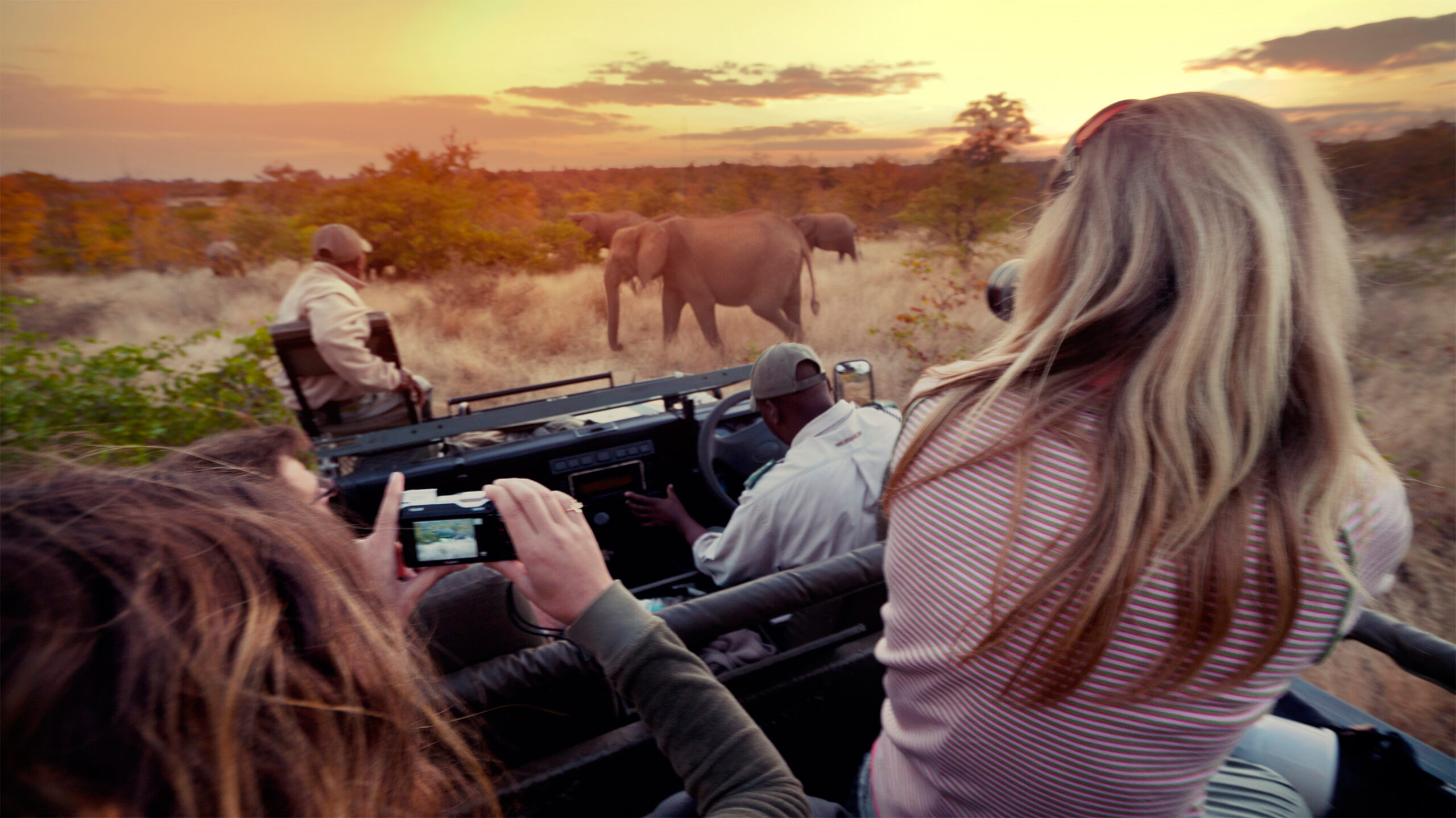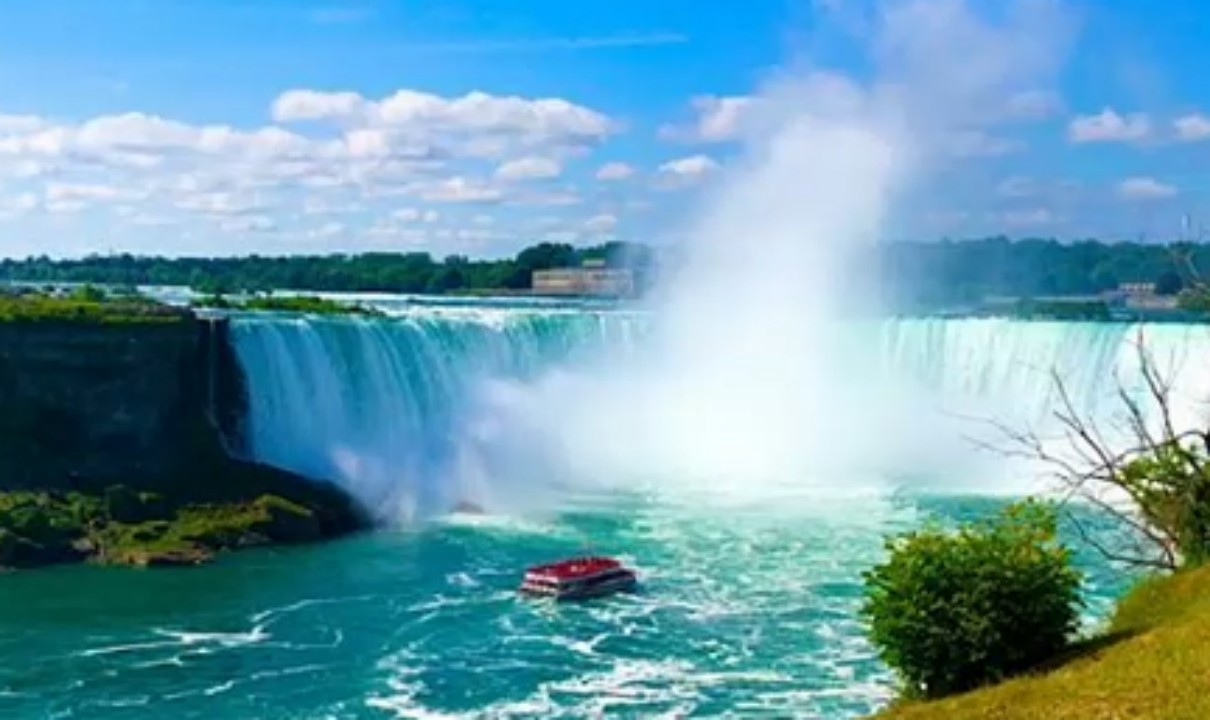South Africa is one of the world’s most unique destinations, full of diverse and beautiful landscapes, captivating wildlife, and stunning nature. It’s not hard to understand why safari photography has become such a popular way to see the country. South Africa is a great place to visit for many reasons. From the beautiful scenery of Kruger National Park to the rich wildlife of Addo Elephant National Park, the country has something for everyone.
Why South Africa?
There are many reasons why South Africa makes a great destination for safari photography. It offers unparalleled access to some of the most diverse natural environments on the planet—from Kruger National Park to Table Mountain to the magical West Coast Nature Reserve. Additionally, South Africa stands out from other African nations as a great place to explore and discover, thanks to the warm hospitality of the locals.
Some of the best places for safari photography include Madikwe Game Reserve in the North West Province, Cape Town’s V&A Waterfront, Garden Route National Parks, Addo Elephant National Park in the Eastern Cape Province, and Pilanesberg National Park in the North West Province. Each of these locations offers unique landscapes, wildlife, and opportunities to capture stunning images. Additionally, professional guides can help plan the perfect itinerary for your safari photography adventure.
Additionally, safaris in South Africa offer incredible opportunities to learn about traditional cultures and customs.
Tips and Techniques
If you want to take great pictures, you need to spend money on good camera gear. This includes lenses, filters, flashes, tripods, etc. You should also think about bringing a long lens so that you can get close to animals without scaring them away. It’s additionally essential to understand how to configure your camera ahead of time so you don’t miss any important wildlife or other scenes.
Using burst shooting mode can be helpful since it keeps your camera shutter open continuously while you take several shots at once, which can give better results than single frames. Additionally, make sure to be respectful of local cultures while photographing people or places that they inhabit—always ask permission before clicking away with your camera!
Take long lenses: A long lens will allow you to take close-up shots from further away without disturbing an animal. Such a lens will also give you clarity when focusing on distant subjects. Determine camera settings before seeing wildlife: Setting up your shutter speed and aperture prior to sighting any animals will give you greater control over how much light reaches your sensor, which is important for fast-moving subjects like predators running across open plains or birds swooping through forests.
Spend time observing animals. Finally, patience is key! Spend time observing how animals interact with each other under natural conditions, as this will provide insight into why certain behaviors occur, allowing for more interesting shots.
Distances Between Each Destination
| Destination | Distance (km) |
| Cape Town | 839 |
| Johannesburg | 545 |
| Durban | 602 |
| Port Elizabeth | 837 |
| East London | 965 |
In conclusion, safari photography in South Africa is an unparalleled experience. With the right tips and techniques, you can capture the best of this incredible country. Invest in quality camera equipment, take long lenses, determine camera settings before seeing wildlife, and use burst shooting mode.
No matter what type of safari photography you’re looking for—from magnificent landscapes to close-up animal portraits—South Africa has something for everyone. With its diverse wildlife and stunning landscapes, there’s no better way to capture nature’s beauty. Additionally, South African safaris offer incredible opportunities to learn about traditional cultures and customs. People from many different tribes call this beautiful country home, making
Lastly, it is important to remember to respect the wildlife and environment you are photographing. Don’t disrupt the animals or their habitat, and always be mindful of the impact your presence will have on them. By following these simple steps, you can ensure that you take remarkable photos while protecting the animals and environment at the same time. Happy photography!





